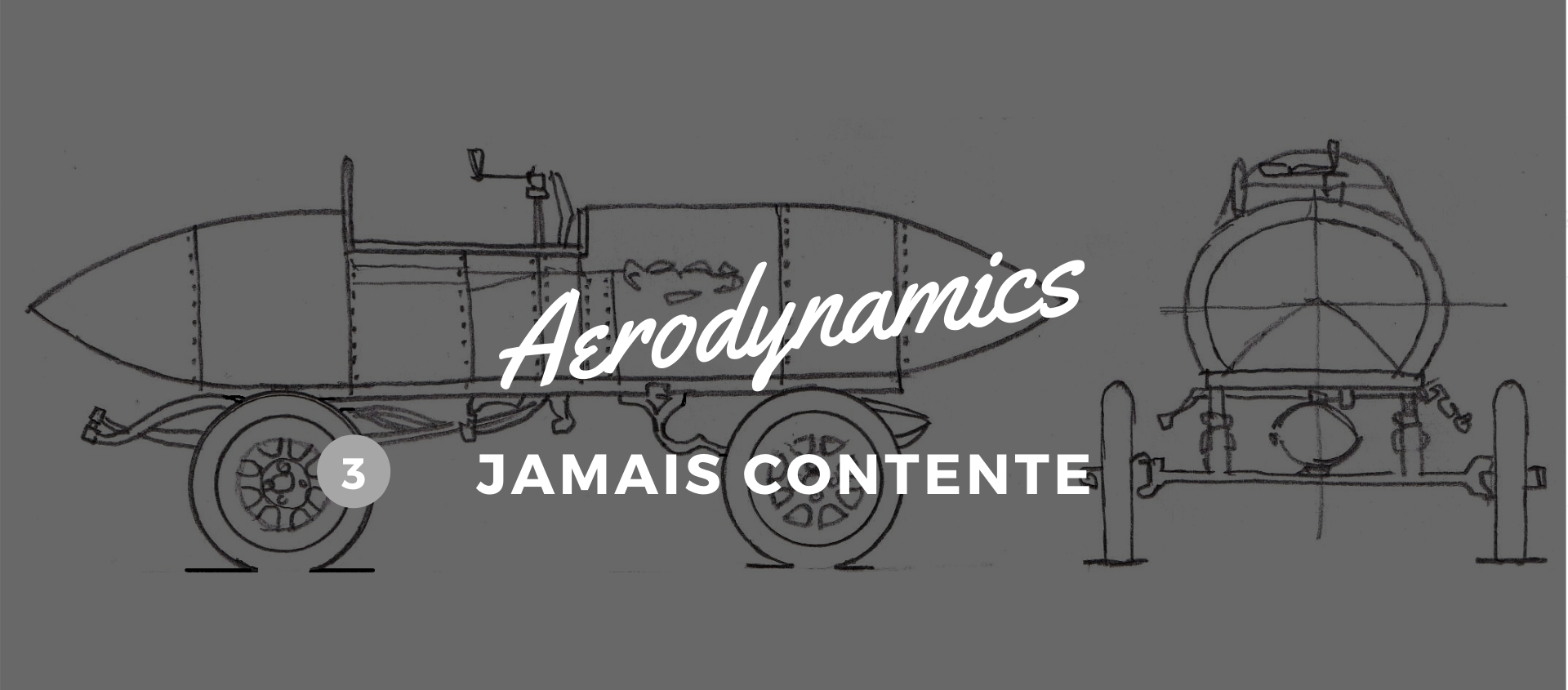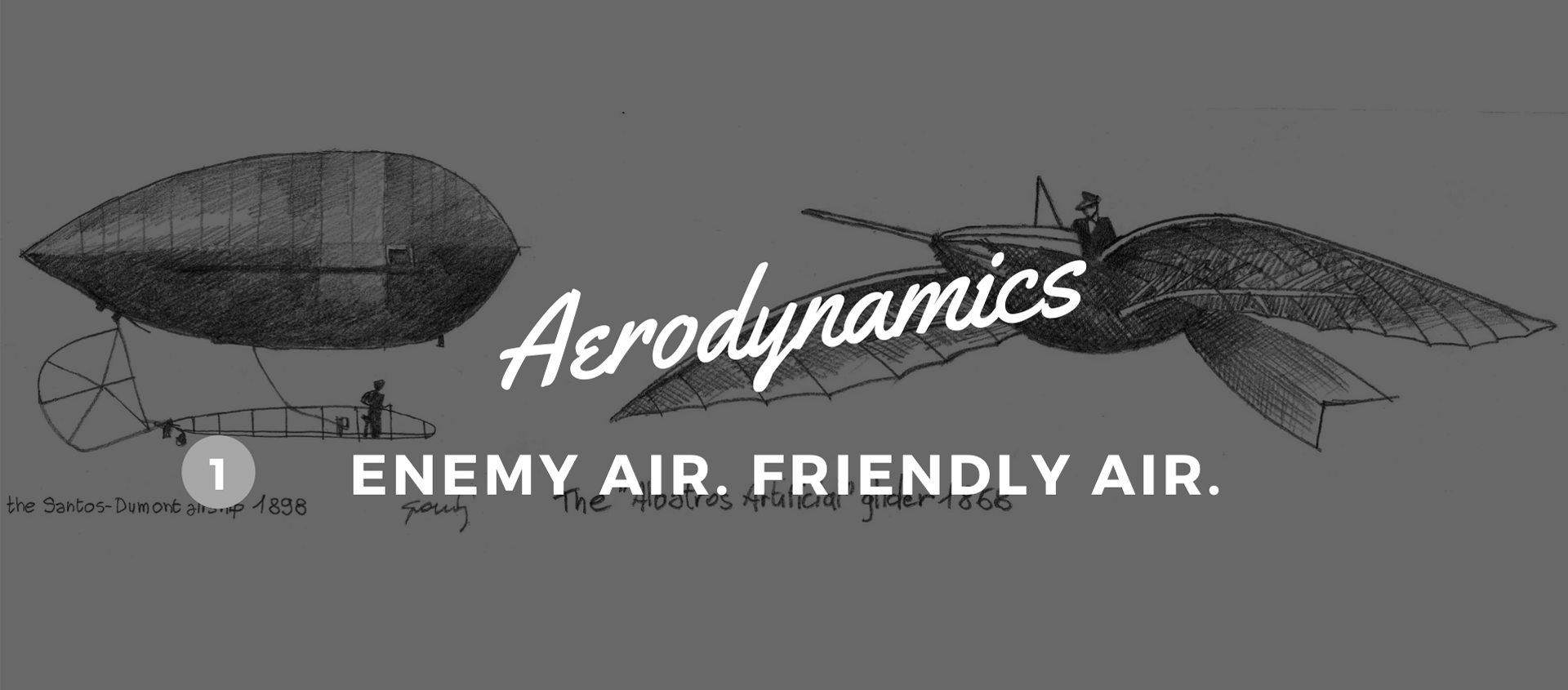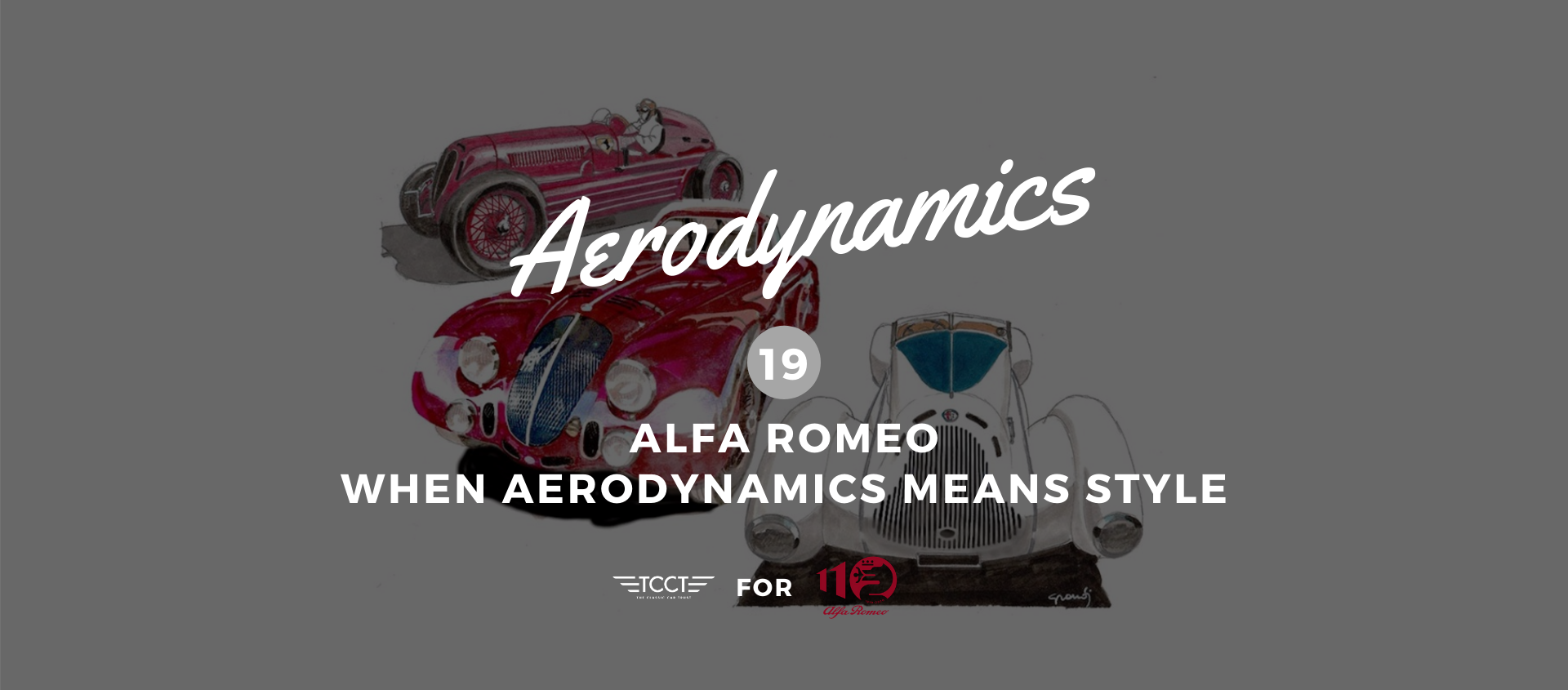The answer for the inquisitive
29 February 2020 2 min read 1 images

The shape, and consequently the beauty of the automobile, was created at the beginning of the last century. We should never forget the fact that when it first came to light, the car didn't have the form it enjoys today. The first examples were mere carriages that replaced horses with a steam, electric or internal combustion engine. The efforts of the engineers or, as often was the case, improvised inventors, were entirely dedicated to research and technical invention: engines, steering, suspensions, brakes, wheels. This rapid evolution soon led to the demise of the carriage form, also because the new mechanical vehicle would almost immediately be drawn into challenges and, subsequently, real races. Competition placed new demands not only at a mechanical level, but also on the external shape, creating an almost symbiotic relationship between evolution and aerodynamics. It was aerodynamics that increasingly imposed itself as the driving force behind the development of the automobile’s modern form. The history of aerodynamics is in fact the history of the car-shape and we are delighted it has generated so much interest in those who visit our social media pages and the TCCT website.
Register to unlock this article
Signing up is free and gives you access to hundreds of articles and additional benefits. See what’s included in your free membership. See what's included in your free membership.
Already have an account? Log In


